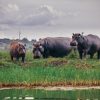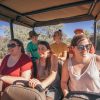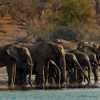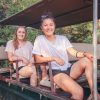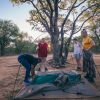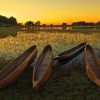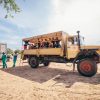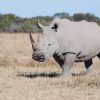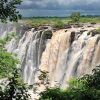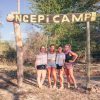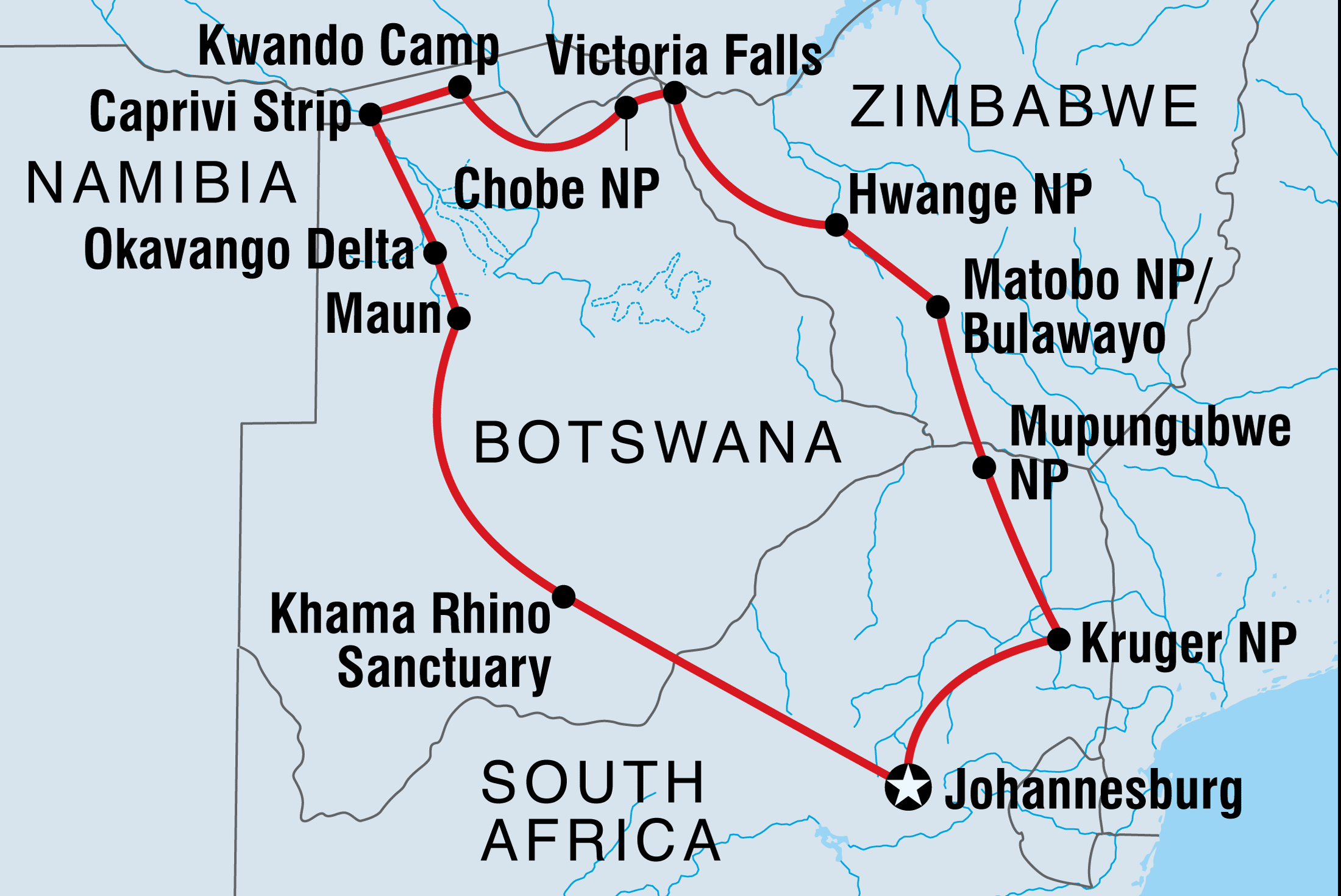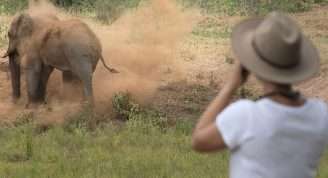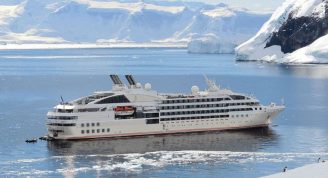Description
Four countries, eight national parks, 17 days, hundreds of animals, thousands of birds, and one unforgettable journey from South Africa through Namibia, Botswana, and Zimbabwe and back. Rhino-tracking, 4×4 safaris in search of the Big Five, and the size of Kruger – southern Africa’s biggest national park – will blow your mind. Botswana’s Khama Rhino Sanctuary specialises in rhinos at dusk, the Okavango Delta is great at hippos and mokoros, Bagani does a mean brew and some sweet handicrafts, Chobe National Park does a sweet giraffe, ostrich, zebra, elephant combo, while Vic Falls is perfect for a misty shower.
NEW UPDATES FOR 2020
In 2020 this trip will use the code UBYSC.
- Ever helped save a Rhino? Well you can answer ‘yes, thanks’ to that once you’ve been to Botswana’s Khama Rhino Sanctuary
- Try and tell the difference between your buddy’s snores and the sound of wild hippos while camping in the heart of the Okavango wilderness
- There's nothing more relaxing than feeling the African sun on your face as you lie back in a mokoro, eyes closed while your expert poler propels you through the Okavango Delta
- Elephants might never forget, but you’ll get the unforgettable experience of cruising down the river in Chobe National Park, home of the world's highest concentration of African elephants
- Victoria Falls is made for thrill seekers and adrenaline junkies. Peer over the edge of this crazy cascade, then stay on for adventures on land and in the sky
- Pay the famous elephants and lions of Hwange National Park a visit from an open-air 4x4 vehicle
- Take your safari game to the next level by tracking rhinos on foot with an expert local guide in Matabos National Park
- What is the sound of a roaring lion if not a sweet soothing lullaby? You'll be camping right in the grounds of Kruger National Park (OMG), so you be the judge
- Forget the Grand Canyon – Blyde River Canyon's is gigantic AND lush and green, pure photo-op gold



